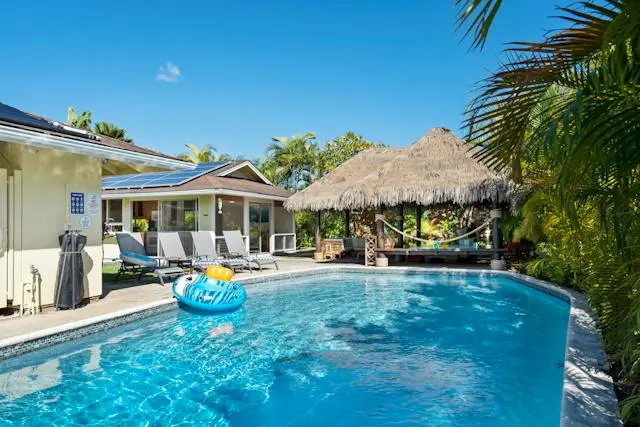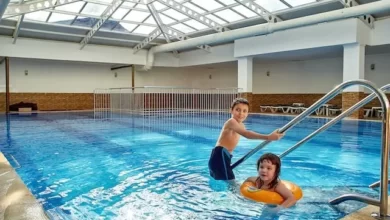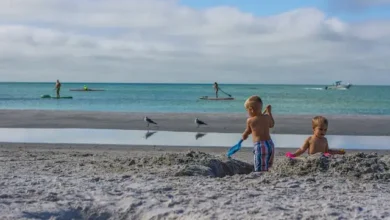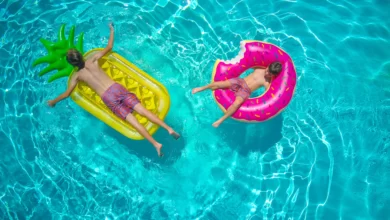Splashing into Childhood: Water Fun for Toddlers and Preschoolers
Welcoming toddlers and preschoolers to the world of water fun activities is a delightful journey filled with developmental benefits and memorable experiences. This comprehensive guide is designed to assist parents in navigating this aquatic adventure, providing detailed insights into the why, how, and what of introducing water play to our little ones.
Table of Contents
Why is introducing water fun activities early beneficial for toddlers?
Toddlers, in their formative years, are at a crucial stage of development. Introducing water activities early offers a range of benefits, including:
- Motor Skills Development: Water play helps refine gross and fine motor skills as toddlers move and splash.
- Sensory Stimulation: The unique sensations of water engage a toddler’s senses, fostering sensory development.
- Comfort and Confidence: Early exposure builds familiarity, leading to increased comfort and confidence in aquatic environments.
How Can I Ensure a Positive First Experience in the Water?

A positive introduction sets the stage for a lifetime of enjoyment. Follow these steps:
- Gradual Approach: Begin with short sessions and gradually increase the duration as your child becomes more comfortable.
- Controlled Environment: Choose shallow and calm waters, such as baby pools, ensuring a safe and controlled introduction.
- Reassuring Presence: Be physically close and offer verbal reassurance to create a sense of security.
Are there specific water safety measures for toddlers and preschoolers?
Prioritizing safety is non-negotiable. Implement these measures:
- Swim Diapers: Ensure a snug fit for swim diapers to prevent leaks and maintain hygiene.
- Floatation Devices: Choose age-appropriate floatation devices, like vests, under close supervision.
- Close supervision: Never leave toddlers or preschoolers unattended in or near water, even for a moment.
What water fun games can I play to make learning enjoyable?

Learning through play is both effective and enjoyable. Explore these games:
- Water Pouring: Introduce cups and containers for pouring, enhancing sensory experiences.
- Floating Toy Retrieval: Develop motor skills by encouraging your child to retrieve floating toys.
- Sensory-friendly Play: Include textures like sponges or softballs for tactile stimulation.
How Can I Teach Basic Swimming Skills to a Toddler or Preschooler?
Gradually introducing swimming skills involves a step-by-step approach:
- Blowing Bubbles: Start with blowing bubbles to help your child become comfortable with their face in the water.
- Kicking and Arm Movements: Demonstrate and practice kicking and basic arm movements.
- Creative Techniques: Use songs and colourful toys to make learning more engaging and enjoyable.
What Are Some Creative Water Fun Activities for Preschoolers?

Preschoolers thrive on imaginative play. Try these activities:
- Water Obstacle Course: Set up a simple obstacle course using pool noodles and floating toys.
- Storytelling During Bath Time: Combine education with fun by incorporating storytelling into bath time.
- Simple Science Experiments: Introduce basic water-based science experiments to stimulate curiosity.
How Can I Overcome Fear of Water in Toddlers or Preschoolers?
Addressing fears requires patience and understanding:
- Gradual Exposure: Introduce water activities slowly, allowing your child to become accustomed to them at their own pace.
- Distraction Techniques: Use bath toys or crayons to distract from fear, making the experience more enjoyable.
- Celebrate Small Achievements: Acknowledge and celebrate each small step or achievement to build confidence.
What precautions should I take for outdoor water fun activities?
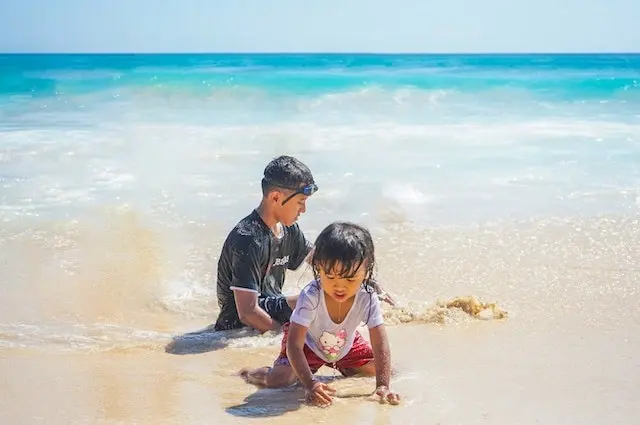
Transitioning to outdoor activities necessitates additional precautions:
- Child-safe Sunscreen: Apply sunscreen suitable for children, focusing on sensitive areas like the face and shoulders.
- UV-protective Swimwear: Invest in swimwear with UV protection for an extra layer of defence against harmful sun rays.
- Hats and sunglasses: shield your child’s face with a wide-brimmed hat and provide UV-protective sunglasses.
How Can I Make Bath Time More Enjoyable and Educational?
Transform routine bath time into an enriching experience:
- Waterproof Toys: Include waterproof toys to enhance the fun factor during bath time.
- Mild Water-Safe Colors: Introduce mild water-safe colours for creative expression during baths.
- Interactive Storytelling: Use bath time as an opportunity for interactive storytelling, fostering language development.
Are there any red flags to watch for during water activities?
Vigilance is key to ensuring safety during water play:
- Persistent Fear: If your child exhibits persistent fear, consider adjusting activities or seeking professional advice.
- Extreme Resistance: Excessive resistance to water activities may signal discomfort or anxiety.
- Signs of Distress: Immediately respond to signs of distress, ensuring your child’s safety is the top priority.
Conclusion
In conclusion, embracing water play with toddlers and preschoolers is a journey of joy, growth, and shared experiences. By following these detailed steps and insights, parents can navigate the world of water activities confidently, fostering a positive and enduring connection between their children and the aquatic realm. Happy splashing!
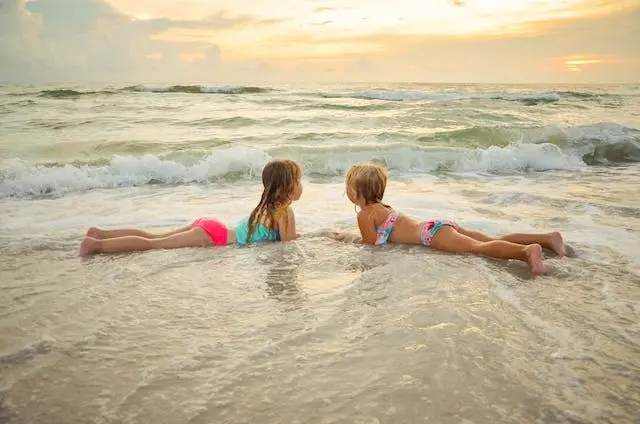
How can I tell if my toddler or preschooler is ready for water activities?
Recognizing readiness involves observing your child’s comfort around water. Look for signs like showing interest in water play, being willing to enter shallow water with supervision, and displaying curiosity about water-related objects. Always introduce water activities gradually and prioritize your child’s comfort and confidence.
What safety measures are essential for outdoor water fun activities with toddlers and preschoolers?
Safety is paramount during outdoor water activities. Ensure your child wears UV-protective swimwear, applies child-safe sunscreen, and provides adequate shade. Maintain close supervision, use age-appropriate floatation devices, and be cautious of potential hazards. Incorporating these safety measures enhances the overall experience of outdoor water play.
